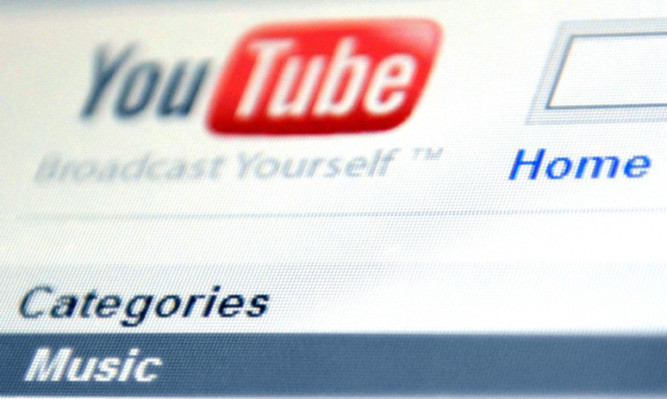YouTube says more than 1 billion people are now visiting its online video site each month to watch everything from clips of cute kittens to scenes of social unrest around the world.
The milestone announced marks another step in YouTube’s evolution from a quirky start-up launched in 2005 to one of the most influential forces in today’s media landscape.
YouTube crossed the 1 billion threshold five months after Facebook said its online social network had reached that figure.
The vast audience has given YouTube’s owner, Google, another lucrative channel for selling online ads beyond its dominant internet search engine.
Google bought YouTube for 1.76 billion dollars (£1.2 billion) in 2006 when the video site had an estimated 50 million users worldwide.
Since late 2011, YouTube has refocused its site to prioritise watching along distinct channels of its creators. Such channels were seen as better allowing advertisers to focus on certain genres of content like beauty or music.
In 2012, it seeded 96 channels with around 100 million dollars (£66 million) in funding to help them accelerate that growth, often partnering big-name Hollywood producers and directors who had made it big in movies or TV but not on the internet, including CSI creator Anthony Zuiker.
But the event focused largely on those who had succeeded on YouTube before the channel-funding strategy was in place.
Robert Kyncl, vice president and global head of content partnerships, acknowledged that the strategy had not worked as well as hoped.
When asked if the investment had paid off, he said: “Every year, we reserve the right to get smarter.”
He said more of such investment in the future would go to channels that had proved they can build an audience on their own.
“What we’re looking for is the acceleration of those who are figuring out how to retail their content,” he said.
